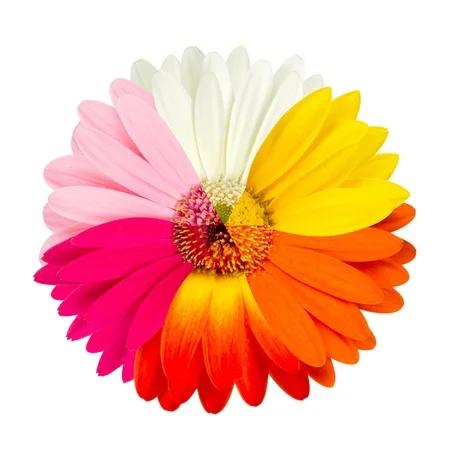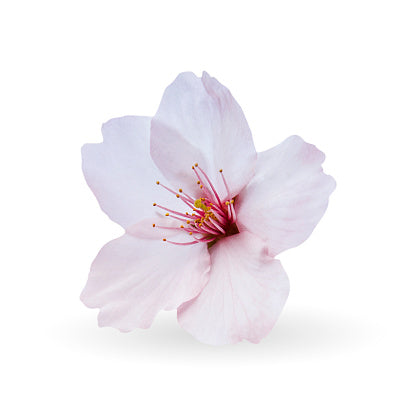Among the many qualities of begonias, the best known is by far the begonia rex , native to Assam, a state located in the north-east of India, which blooms infrequently with small white flowers, whose leaves are characteristically covered with fluff. The other most common qualities of begonias are: begonia reiger , a perennial quality typical of cold soils that blooms throughout the winter months; the begonia pearcei , native to South America, with large flowers that bloom during the summer; the begonia grandis ,
.jpg)
a perennial quality with very large leaves and pink or white flowers; the begonia semperflorens , an annual quality very resistant to heat, whose dimensions are decidedly reduced but whose flowers can be of many colors; the begonia evansiana, native to eastern Asia, whose leaves are very intense green and whose pink flowers bloom in the months from June to October; the venous begonia, originally from Brazil, with white flowers in which both the stem and the leaves are covered with a characteristic white down.
History and symbology

The name begonia lo it is due to a French monk, a botanist, who in 1777, the year in which begonia arrived in Europe from Jamaica, dedicated it to Michel Bégon, the governor of Saint Domingue, who lived in the 17th century.
Begonia since its entry into the European continent has always been a very popular plant, especially because the annual species have a continuous flowering and therefore can be used as borders in flower beds, also having leaves of variable color, green, red or bronze color, they create pleasant scenographic effects.
In the language of flowers and plants , begonia symbolizes the invitation to look around and be on guard against possible actions of others . In South American countries, however, it is the symbol of prosperity and wealth, for this reason it is the ideal flower to be given as a gift in the event of a new home purchase.










































